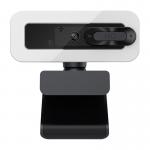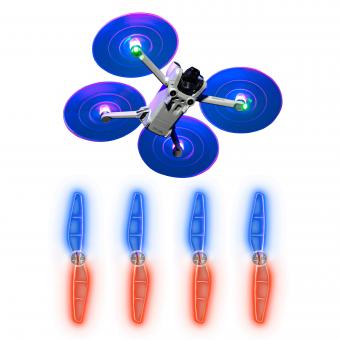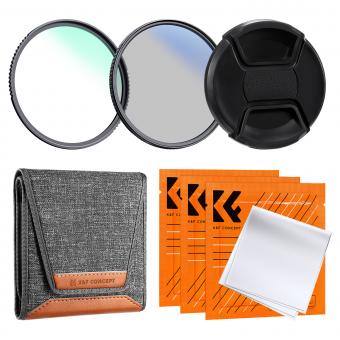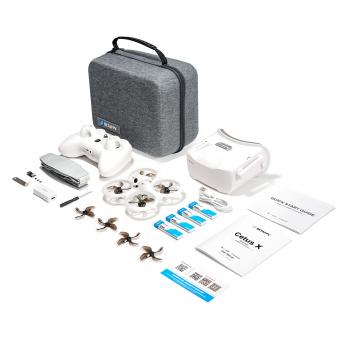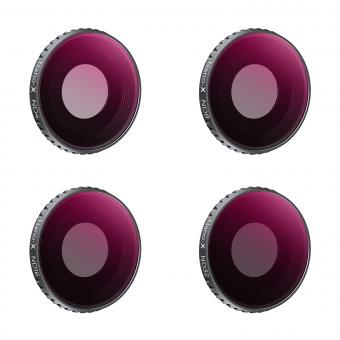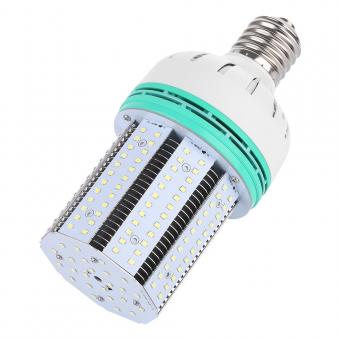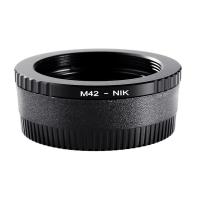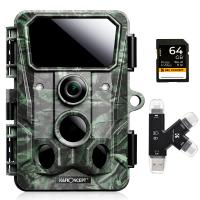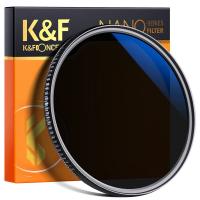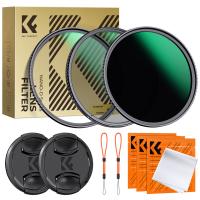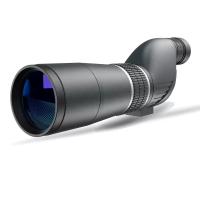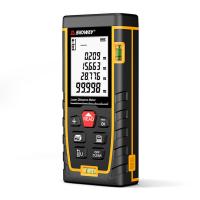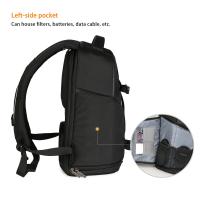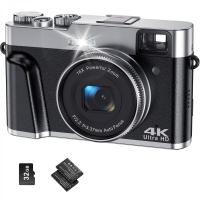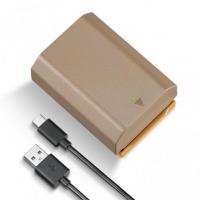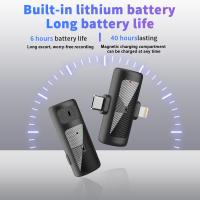Reviews
Solid starter camera kit
Does a good job. Again it's more about value. Having such a small computer, the camera stands out like a sore thumb. But the quality and audio is very good. I would recommend it for casual video conferencing. If you are in the market for more business related cameras you should go to a higher level of specs.
13/03/2021
Related Reviews
Good starter telescope
I can see the rings of Saturn with this puppy! Would have given it 5 Stars except for the rather flimsy stand. I understand this is an entry tells good, but I would have used it a lot more if it have stayed still. Kind of frustrating.Fantastic packaging in a backpack that you can take anywhere away from city lights. Overall, very nice
10/01/2023
Good starter scope!
The media could not be loaded.
I have been using the scope for 4 months now and i really like it. A great starter scope as it is easy to set up both physically with parts and with the electronic computer. Great up north with clear skies and sharp view of the moon even in the city. It is a good size and moves well with the remote control. A few cons would be the lenses. It comes with a 9 and 25 mm but i would recommend a 12-15 mm for a better view without blur or vibration. Second, the telescope does not do well in the cold the computer remote sometimes shuts down in the winter when it is below 0 and will have to be operated manually. The app and wifi connector(purchased seperately) Are a little wonky on direction and have trouble alligning that way. Finally the piece that holds the 8 batteries on the telescope stand/ tripod is flimsy the cap often falls off or moves. Overall its a great telescope especially for beginners and the computer remote is really easy to use there are some minor inconveniences but the picture and view is awesome and much better than some of the other telescopes in this price range.
I have been using the scope for 4 months now and i really like it. A great starter scope as it is easy to set up both physically with parts and with the electronic computer. Great up north with clear skies and sharp view of the moon even in the city. It is a good size and moves well with the remote control. A few cons would be the lenses. It comes with a 9 and 25 mm but i would recommend a 12-15 mm for a better view without blur or vibration. Second, the telescope does not do well in the cold the computer remote sometimes shuts down in the winter when it is below 0 and will have to be operated manually. The app and wifi connector(purchased seperately) Are a little wonky on direction and have trouble alligning that way. Finally the piece that holds the 8 batteries on the telescope stand/ tripod is flimsy the cap often falls off or moves. Overall its a great telescope especially for beginners and the computer remote is really easy to use there are some minor inconveniences but the picture and view is awesome and much better than some of the other telescopes in this price range.
29/10/2022
A good starter telescope
Apologies for length of this review, but based on 4 months solid use and all we have experienced.This model was purchased at Christmas as a first telescope for complete novices, largely on the strength of the computer governed motorised Go To function and the good size of the mirror at just over 5 inches. The Go To makes it easier to locate objects, and the size of the mirror means that faint objects well beyond the capacity of the naked eye can be seen. It also provides some basic detail of the the planet Jupiter.The kit arrives with everything you need bar batteries to power the motors (8 AAs not supplied). No complex assembly of parts is needed. The tripod folds out and a plastic tray for odds and ends sits between the three legs, also providing some bracing of the legs. The motor and telescope support arm has some weight but is easily managed, locating on the top of the tripod and secured by screwing up a large plastic nut by hand under the tripod head. The optical tube assembly, OTA, slides into a place locating a metal bar in a dovetail fixing on the support arm. It is secured by tightening a nut by hand, though the OTA needs to be cupped in the arms underneath to lift it fully in place to get the nut tight enough to take out slack and make the connection solid, which is essential. Not the best of design but it works ok with some patience. Once fixed you probably won't have to undo it again. The direction finder slides into a dovetail on the OTA. This is a good design. It contains no lenses. A red LED (not laser so safe to look at) shines against a piece of glass in the finder as a dot with adjustable brightness. The telescope is moved until the red dot is directly over the object of interest. In theory it should then be in the middle of the field of view of the telescope but the finder will more than likely need to be aligned. It is easier to point the telescope during the day at something like a distant chimney, centring the object in the telescope viewfinder by eye and then aligning the finder to match. Two thumb screws shift the pointing direction of the finder left/right and up/down if necessary. In our case there was insufficient travel on the left right adjuster and this required undoing the screws fixing the finder to the OTA with a pozi screwdriver until JUST loose (there are nuts inside the OTA which you don't want to come off and hit the mirror). Then shift the finder. The optics all need to be lined up and should come perfect in the box. They are tested by looking out of focus at any star. You should see perfectly circular haloes. Luckily we did. If not, the telescope needs to be 'collimated', requiring a tool not supplied - see You tube videos.The eyepiece holder fits in the focuser tube and has an adapter to take 2inch eyepieces (which is useful but unlikely to be needed, most eyepieces and accessories at this level being 1.25 inches in diameter). The focuser is ready assembled and an eyepiece is inserted in the tube and two thumb screws tightened to hold it in place. Primitive but seemingly a universal means of fixing whatever you pay for a telescope. The controller hand set plugs in a clearly marked socket. There is another socket for a mains adapter (not supplied) or a separate rechargeable 12v battery pack, a so called "tank" available for around £55 incorporating a torch. The scope will move up and down by hand but not turn sideways without the motor on so power is an essential. Batteries don't last long so are expensive. We found we had an AC/DC adapter on some other equipment providing 12 volts DC at a sufficient max current (2amps is fine) and we used that with an extension lead in the garden. You soon realise though that you need to fork out for the portable battery tank for practical and safety reasons.The big selling point of the scope is the Go To function and there are a number of options for using this. The general approach is to point the telescope at a star or stars (planets can also be used), using the motor to move the scope to another star. The more names of stars you know the quicker it all is but if you know none at all it's fine. The telescope needs to be pointed at three objects in succession reasonably well spaced in the sky and at different altitudes. The computer should then work out how it is aligned and then will go automatically to any of the objects in its database just by selecting them on the handset. We got this alignment to work on the second attempt but it is not foolproof. You need to enter the time on the handset accurate to the second preferably before you start. It is rather annoying that the handset does not have a clock built in so this needs to be done every time the scope is switched on. You also need to enter your latitude and longitude but getting this spot on is not so essential. You can also use the pre programmed locations in the handset though there are only four or five for the UK. In our case London is good enough though we are 25 miles from the centre. But it is simple enough to put your post code in the internet or consult a sat nav to get therequired figures accurately. It only needs to be done once and the handset retains the info. The scope will also track objects once set up so they are kept in the field of view with little adjustment using the hand set.So on to using the scope! What do you see. Forget the Hubble telescope pictures. Using the supplied 9 mm eyepiece (72times magnification) you will be easily able to see four moons of Jupiter as dots, and on a good viewing day, two weather bands as stripes on the surface of the planet showing as a small disk. It is possible to see galaxies as white smudges, very hard to find without the Go To so it comes into its own. The bigger star clusters and nebulae are the forte of this telescope and one can spend ages staring at them. The moon craters will have you going "wow" too.Two issues are relevant. One. The supplied eyepieces are very budget and while it is not essential it seems pointless to buy a telescope at this price and optical quality and not use its full potential. In other words be prepared to spend another £100 or more to get some good eyepieces. You can pay over £500 each ! but we chose the Celestron x-cel lx at around £65 each, which we find are very good, being brighter with better contrast and giving a much wider field of view that makes viewing far less tiring not having to squint. These lenses give real wow moments when you first view say the nebula in Orion M42 (dial it up in the handset to get there) or the Pleiades. Two. The focuser has to be the worst piece of engineering ever, hence four stars and if it was a separate item two stars. Shame on Celestron. The tube with the eyepiece moves on a gear rack to focus and has enormous play. The mechanism is lubricated with very viscous gunk that makes it hard to turn the focusing knob. We find it is best to focus by turning the knob quite quickly from out of focus through focus to out of focus again and then coming half way back to get pin point sharpness. This is undoubtedly an acquired skill but made much harder by the cheap engineering. Some adjustment is possible, not described in the hand book (which is generally useful and in proper english if somehow rather old fashioned - download off the Celestron site to get more insight about using the scope before purchase). Two small set screws sit either side of the focuser locking screw and can be tightened using a small Allen key. This gets rid of most of the play but you have only to use a proper two speed focuser to realise just how poor the one on the 130 is. But don't let this put you off at all. Of course you expect better at the price, but again focusing is an art worth developing as for one thing, touch the focuser and the magnified image in the eyepiece will dance about regardless of how good the focuser is. You can of course easily pay £5000 for a sturdy mount! Make the adjustments to the focuser and take the design limitations as part of the fun.Thirdly, be prepared that the Go To is generally a bit out due to the gears and motor as well as any errors in setting up. Use the low power 24mm eyepiece first to check where you are. This may sound frustrating but you rapidly discover that a big part of the fun is hunting the objects and developing the skills to see faint things.Can you take photos of what you see. £25 will get you a clamp to fix any holiday snaps point and shoot digital camera to your eyepiece and it works remarkably well though. Use the self timer to avoid shake when you press the shutter button. Fiddly to set up but download free software like GIMP (free photoshop equivalent) to bring up the levels and what looks like three white dots turns into a nebula. We also bought a very modest CMOS webcam and using the supplied software produced a very detailed photo of Jupiter including red spot after half a dozen attempts and observing sessions in the back garden. If you have a DSLR you can take off the lens and connect to the telescope using connectors for around £20 and take some remarkable long exposure shots, though you are limited by the mount that results in objects turning in the field of view due to the rotation of the earth. (An equatorial mount is needed and the 130 slt cannot be easily adapted).In conclusion, use the vast resources of the internet to find out what to see each month. You Tube videos are a really useful source of information and expertise not least on astro photography. We were able to see the supernova that had emerged the previous week in M82 and which is gone in a few more weeks. These happen at a rate of about once every thirty years per galaxy so you can be party to some special events with this equipment. This telescope isn't the best of course and it could be better. But it has excellent optics and the ability to put you in awe of the universe. Prepare to spend more money to maximise the initial investment. Observing as a family is great fun - let me have a look, let me have a look! This telescope is recognised as a very good one and no one would think you had wasted your money on it. If you decide to join a club first and see whether you get the bug, if you did, almost certainly you would end up saving up and paying two or three times the cost of this kit, but in the end it might be cheaper. Highly recommended, strangely as much for the flaws which add a challenge, as for the good.I have now moved on to using a DSLR and you can get good results, see M81/M82 galaxies image
07/09/2022
Good Starter CPL
It works, the effect isn't very strong though. I understand that, there are better (B+W) filters on the market, but this Tiffen CPL is a great product to learn the basics with. It's not expensive, but not cheaply built!
14/07/2022
Good starter headset!
It’s super cute, but I don’t like how it looks squared when I have them on.
21/06/2022
Good Starter telescope
This is a great starter telescope for anyone wanting to look at the night sky. Set up is fairly easy and comes with detailed instructions on how to assemble. Once its set up its fairly simple to adjust the height I'm 6'2 and had it at its highest point and was able to use it without having to hunch over to much. I did have a little trouble using the spotter scope to pinpoint the moon. Once it was locked in and focused it looked really clear and detailed. This is a great telescope to get the family outside and off their devices for a bit.
28/03/2022
Good starter headset !
arrived just like the picture, lights aren’t as bright but they’re pretty either way, good sound haven’t tested mic yet
27/06/2021
Good for starter telescope
It was easy to assemble and definitely good to start out with. The moon was super clear and I love finding and looking at the different stars in the sky. Great telescope to begin with and can be used with younger children as well.
01/04/2021
Related Articles
Top Bestselling Products
-20%
-20%
Products You May Like
$162.99 $106.99
Blog You May Like
Related searches
Sony E Mount Starter Lens
Neewer Camera Lens Filter Kit
Camera Lens Barrier Filter Kit
Polaroid Camera Lens Filter Kit
Camera Lens Filter Kit 52mm
Best Camera Lens Filter Kit
Close Up Camera Lens Filter Kit
Polaroid 3 Piece Camera Lens Filter Kit
Camera Lens Filter Adapter Ring Kit
Neewer Camera Lens Filter Kit For Gopro

